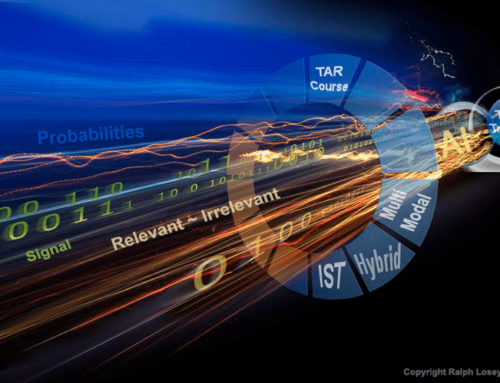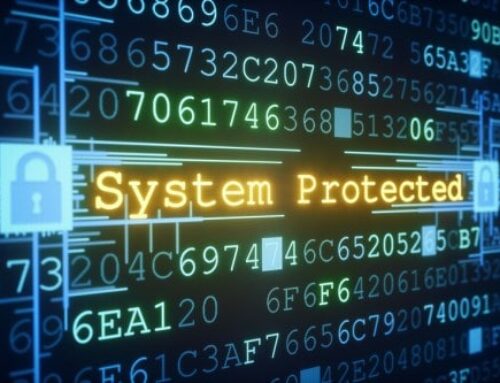eDiscovery in Crisis Mode:
In crisis situations — such as a security incident, a highly publicized class action, or a whistleblower accusation — eDiscovery serves the critical function of determining what happened, when, and who was involved. eDiscovery workflows and technologies are used to find key facts and inform incident response decisions. However, effective crisis mitigation and recovery invoices more than finding facts and implementing technology. It requires strategic collaboration, planning, and coordination cross multiple teams.
A well-handled crisis means the different between business survival and irreversible repetitional and/or financial damage. This is why eDiscovery teams must be prepared in advance for how to respond to a high pressure situation. There are several best practices that teams can follow to ensure crisis response is handled swiftly and smoothly.
First, it is imperative to establish a detailed crisis response plan in advance. So if an incident ever occurs, all teams know exactly what to do and who to inform. Crisis plans should address several different possible scenarios. Legal, compliance, IT, security, communications, and executive teams should all have input.
Ensure the technology has the capabilities to conduct eDiscovery and investigation workflows for the most likely crisis scenarios. If an organization has operations and employees in different places, there should be a plan to deploy emote data collection for key custodians. If an organization stores personally identifiable information, there should be analytics in place that can quickly search the sensitive data to see what has been compromised.
IT must be prepared to give investigators the access and permissions they may need to search and collect data from any impacted or relevant systems.
It is also a good idea to map the global footprint of the organization. This way the crisis response team understand the scope of data across jurisdictions and can notify the correct leaders or teams as well as any regulatory bodies.
Partnering closely with experienced crisis communications professionals is also a good step. Working with professionals helps develop clear and concise messaging for internal and external audiences. Communications will strategize about how to inform employees, when/how to notify any impacted clients, and the extent of information that must be shared with any potential government authorities.
eDiscovery professionals have an opportunity to support their organizations and clients in crisis matters as long as they are prepared. Understanding eDiscovery in crisis mode is fundamental to properly handling a high pressure situation.
For more Tidbits & Thoughts, please click here.






